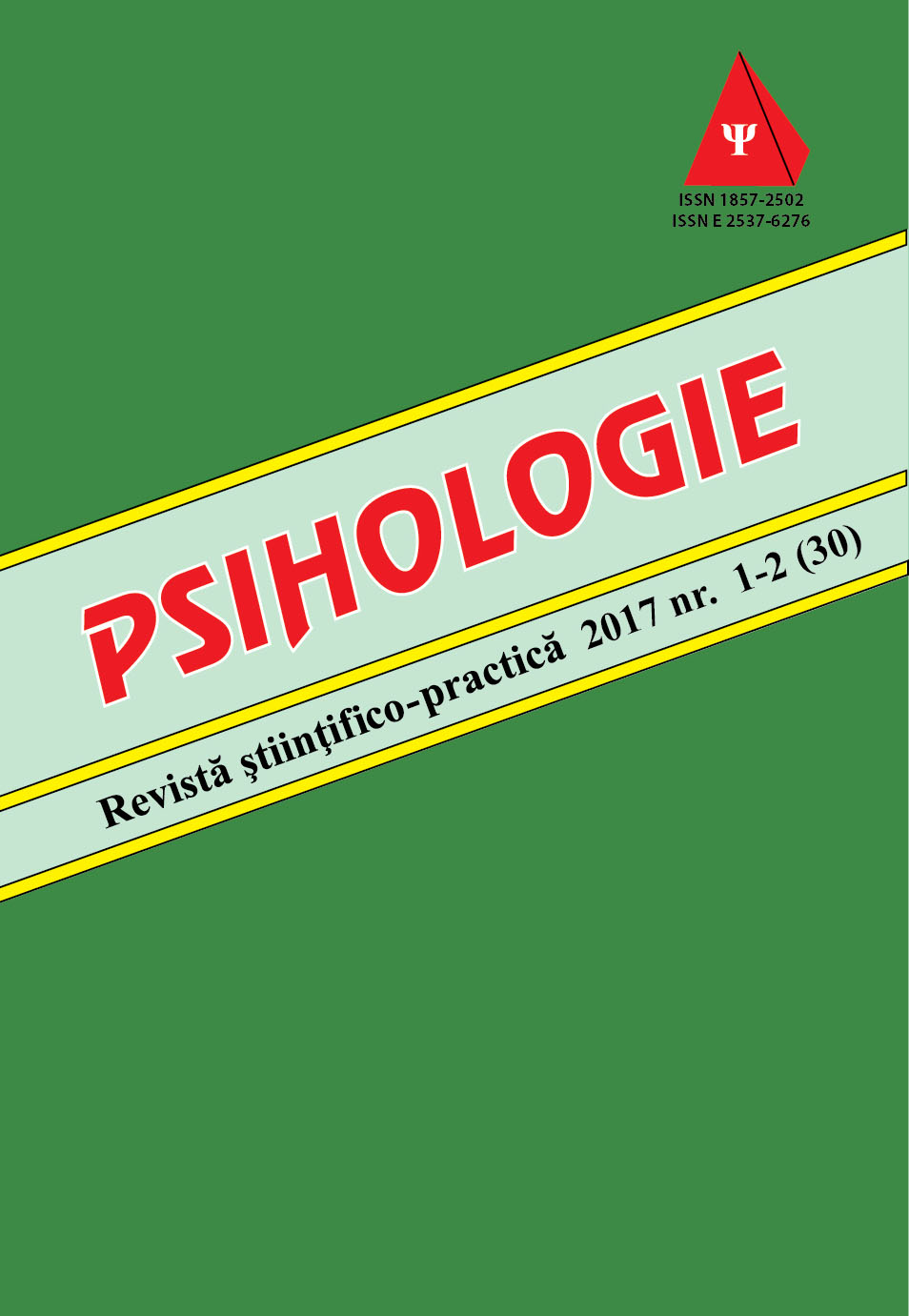REPREZENTAREA SOCIALĂ A PEDEPSEI FIZICE ÎN RÂNDUL PĂRINŢILOR ELEVILOR DIN CLASELE PRIMARE
THE SOCIAL REPRESENTATION OF PHYSICAL PUNISHMENT AMONG PARENTS OF PRIMARY CLASSES CHILDREN
Author(s): Otilia StamatinSubject(s): Social Sciences
Published by: State Pedagogical University „Ion Creanga” from Chisinau
Keywords: social representation; physical punishment; parents; children; primary classes
Summary/Abstract: The research was focused on studying the content of social representations (SR) among parents of childrenfrom primary classes’, highlighting by gender the constitutive elements of this representations. We used the free association and prototypecategory techniques, the EVOC program. The conductedresearch exposed: central elements of SR (fear, stress, hatred); peripheral ones (torture, intimidation, tension, shouting), elements with ambiguous status, characterized by low frequency and low rank of importance (beating, and high rank of importance (pain, humiliation, tears, shame, violence). The majority elements evokeda negative shadowwhich reflects the parents’ tendency to disapprove the physical punishment of children. Simultaneously, the ambiguous area, which are closer to the periphery, contains elements of beating and punishment, meaning that some parents accept and practice such disciplinary method. The gender differences were established. The term beating is missing in the women SR structure, evoked solely by males. In the central core, only women assign the status of violence to beating. Also, fear has bigger gravity in the female SR structure, but men evoked it only once. In peripheral region of SR, women includeterms as pain, humiliation, tension. Those elements could be changed, if women it will be trained to control their emotions and to use socially desirable austere forms to educate children. The male attitude could be changed by a tougher involvement of legal regulations against abusers.
Journal: Psihologie, Revistă ştiinţifico-practică
- Issue Year: 30/2017
- Issue No: 1-2
- Page Range: 56-64
- Page Count: 9
- Language: English, Romanian

